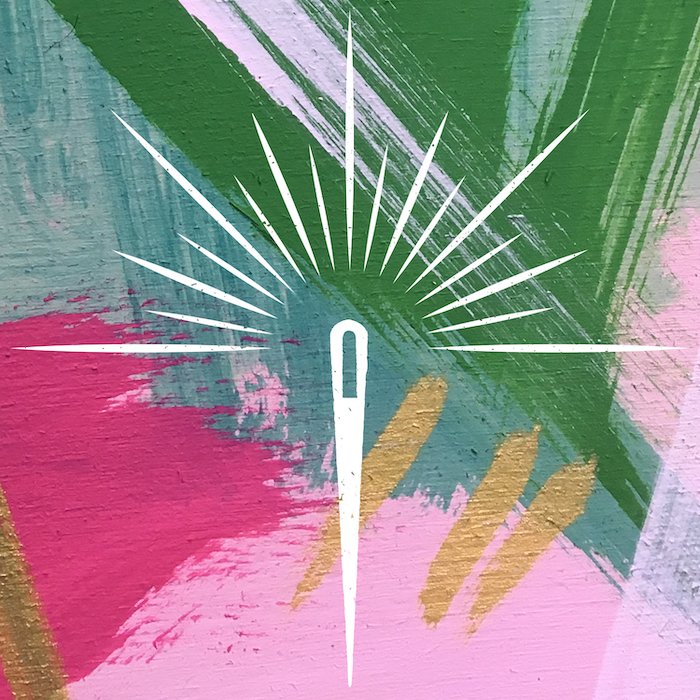Fashion Revolution’s ‘Textile Garden’
I wrote this review for Fashion Roundtable, in my capacity as one of their committee co-chairs. Fashion Roundtable has 3 committees who volunteer their time and expertise to help them embed their 3 key strategic pillars into the evaluation and policy work we undertake. I am the co-chair of the ‘Sustainability & Social Justice Committee’.
In a last minute trip to London to support Tamara at the AGM for the Ethics & Sustainability in Fashion APPG, I had the pleasure of briefly visiting the Chelsea Flower Show before heading back to Bristol. My first time at the show, but I had a very clear agenda from the outset which was to visit the Textile Garden designed by Lottie Delamain for Fashion Revolution. Having grown up on an organic herb farm, surrounded by echinacea, chamomile and calendula, the relationship between people and plants is something very close to my heart and I was keen to see first hand a tangible demonstration of fashion’s connection to the land.
The Textile Garden is stunning, set in staggered layers that speak of classic British hedgerows and natural abundance, against a backdrop of naturally dyed textiles strung up above the flowers. It gently but directly reestablishes the connection we seem to have lost between the clothing we wear and its source, with the fabric positioned just centimetres above the very plants that produce the fibre and dye.
So many of the flowers showcased as part of the installation can be grown in even the smallest city gardens, albeit potentially not in the right quantities for trying natural dyeing at home. In picking out what plants were in troughs in my yard (sumac, calendula, fennel, cornflowers, foxgloves and valerian, although in fact the valerian is a ‘weed' on the pavement out the front) I had no idea before viewing the garden that any of these could be used for dye.
There is so much information about the relationship between fashion and plants that needs to be re-learned. Lottie speaks of the ‘intimate understanding’ still held by people less divorced from the process of growing and making clothing, and this is absolutely something we must reconnect to. My well-worn soundbite is that ‘we must never forget we are wearing the land on our backs’ and the Textile Garden at Chelsea Flower Show was a beautiful reminder of this. If we think about beginning to relocalise fashion and support regenerative bio-regional systems for the future of our clothing, we need to think flax, hemp, wool… and nettles.
Read more Fashion Roundtable articles here.


